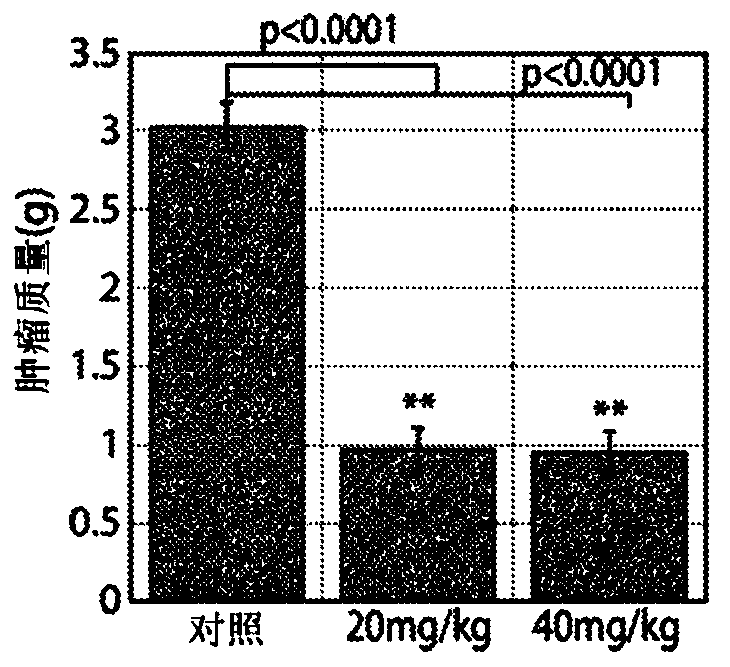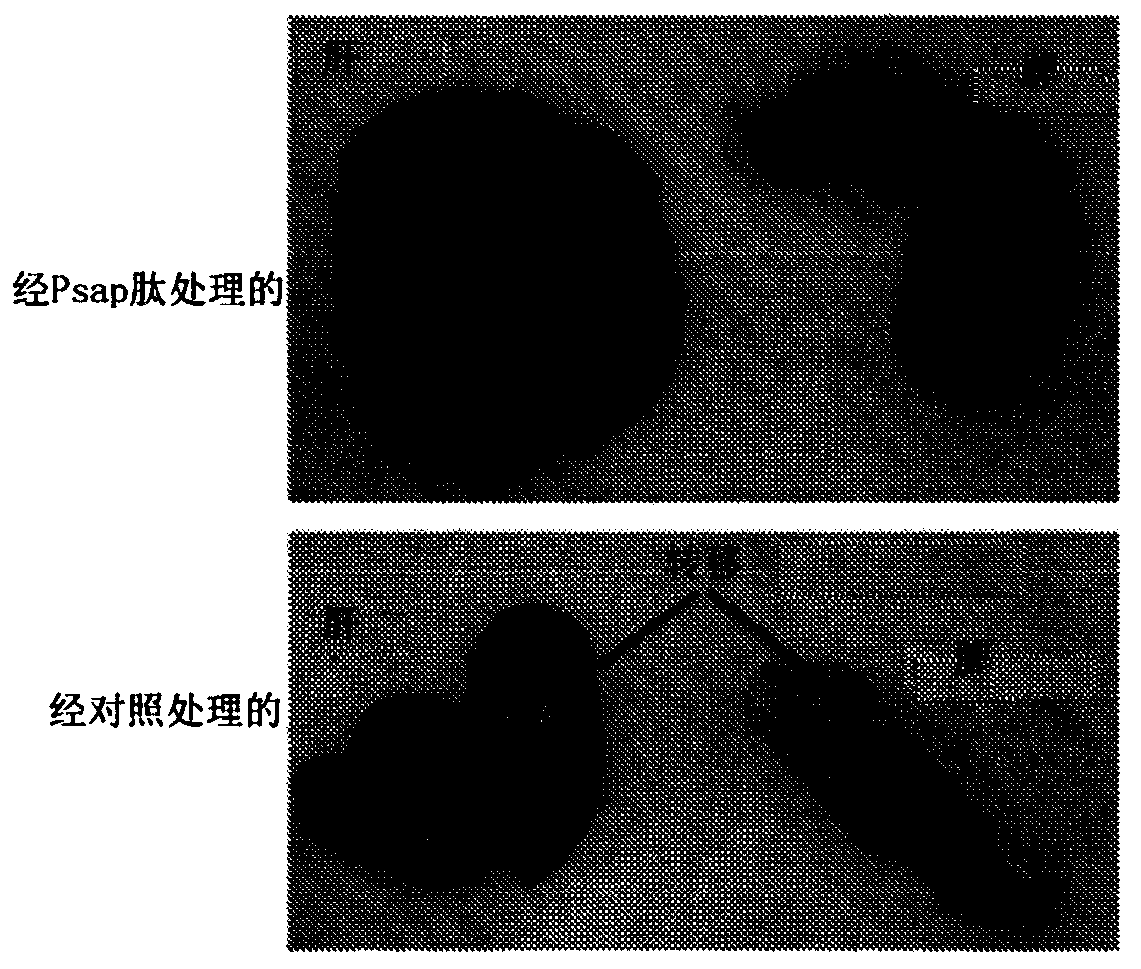Lrp1 binding agents and uses thereof
An LRP-1, binding domain technology, applied in the field of LRP1 binding agents and their uses, can solve the problems of drug production, no anti-tumor activity, limited efficacy and the like
- Summary
- Abstract
- Description
- Claims
- Application Information
AI Technical Summary
Problems solved by technology
Method used
Image
Examples
Embodiment
[0110] Cancer progression to the metastatic stage is a major contributor to its lethality. In order for a tumor to form lethal metastases, it must enter the vasculature or lymphatic system (intravasation), survive transport, exit blood vessels or lymphatics (extravasation), and proliferate at the metastatic site [1]. During this process, heterotypic signaling between the tumor and its microenvironment can affect tumor growth by regulating the production and secretion of factors that mediate tumor growth, angiogenesis, and immune response. Two proteins, prosaposin and PRSS2, were identified by a functional proteomics screen designed to identify secreted proteins that regulate Tsp-1 in the microenvironment [2]. Prosaposin is preferentially expressed by weakly metastatic tumors and stimulates Tsp-1 in the tumor microenvironment. Conversely, PRSS2 is preferentially expressed by highly metastatic cells and suppresses Tsp-1 expression in the tumor microenvironment. Tsp-1 specifica...
PUM
 Login to view more
Login to view more Abstract
Description
Claims
Application Information
 Login to view more
Login to view more - R&D Engineer
- R&D Manager
- IP Professional
- Industry Leading Data Capabilities
- Powerful AI technology
- Patent DNA Extraction
Browse by: Latest US Patents, China's latest patents, Technical Efficacy Thesaurus, Application Domain, Technology Topic.
© 2024 PatSnap. All rights reserved.Legal|Privacy policy|Modern Slavery Act Transparency Statement|Sitemap



